In 2025, sustainability has become a defining metric for blockchain adoption. As environmental concerns mount and institutional investors demand greener alternatives, several blockchain projects are leading the charge with energy-efficient consensus mechanisms and carbon offset strategies. These networks are not only reducing their ecological footprint but also positioning themselves as long-term infrastructure for decentralized applications, finance, and digital identity. From Proof-of-Stake (PoS) to novel consensus models like Proof-of-Space-and-Time, green blockchains are reshaping the narrative around crypto’s environmental impact.
Cardano: Sustainability by Design
Cardano (ADA) continues to be a benchmark for sustainable blockchain architecture. Built on a Proof-of-Stake consensus called Ouroboros, Cardano consumes a fraction of the energy used by Proof-of-Work chains. In 2025, Cardano has expanded its sustainability efforts by integrating on-chain carbon tracking and forming partnerships with climate-focused NGOs. The network’s governance model, powered by Project Catalyst, also funds eco-friendly dApps and research initiatives. With a dedicated sustainability director and transparent emissions reporting, Cardano exemplifies how environmental responsibility can be embedded into protocol governance.
Chia: Farming with Hard Drives, Not GPUs
Chia Network (XCH) takes a radically different approach with its Proof-of-Space-and-Time consensus. Instead of relying on energy-intensive mining, Chia uses unused storage space on hard drives to validate transactions. This method drastically reduces power consumption and hardware waste. In 2025, Chia has partnered with data centers in Europe and Asia to repurpose idle storage for blockchain operations. The network also supports green asset tokenization, enabling carbon credit issuance and trading on-chain. Chia’s model has attracted attention from ESG-focused investors and governments seeking low-impact blockchain infrastructure.

Algorand: Carbon-Negative and Enterprise-Ready
Algorand (ALGO) has positioned itself as a carbon-negative blockchain by combining a Pure Proof-of-Stake (PPoS) mechanism with active carbon offsetting. The protocol automatically allocates a portion of transaction fees to purchase verified carbon credits. In 2025, Algorand has expanded its sustainability program through partnerships with ClimateTrade and the United Nations Development Programme. Its low-latency, high-throughput architecture makes it ideal for enterprise use cases, including green finance and supply chain transparency. Algorand’s commitment to sustainability is now a core part of its brand identity.
Tezos: Liquid Proof-of-Stake and Ethical Tech
Tezos (XTZ) employs a Liquid Proof-of-Stake consensus that minimizes energy usage while maintaining decentralization. The protocol emphasizes on-chain governance, allowing stakeholders to vote on upgrades without hard forks. In 2025, Tezos has launched a sustainability dashboard that tracks network emissions and validator energy profiles. The blockchain is also home to several eco-conscious NFT platforms and DeFi projects that prioritize low-carbon operations. Tezos’ ethical tech philosophy has made it a favorite among developers seeking long-term, sustainable infrastructure.
Ethereum: Post-Merge Green Giant
Since its transition to Proof-of-Stake in the 2022 Merge, Ethereum has reduced its energy consumption by over 99%. By 2025, Ethereum’s green credentials have been bolstered by Layer 2 rollups like zkSync and Optimism, which further reduce on-chain activity and emissions. The Ethereum Foundation has also launched a Sustainability Fund to support climate-focused dApps and research. Despite its scale, Ethereum’s shift to PoS has made it one of the most energy-efficient smart contract platforms in the world.
Toucan Protocol: Carbon Markets on the Blockchain
Toucan Protocol is not a Layer 1 blockchain but plays a pivotal role in greening the crypto ecosystem. It brings carbon credits on-chain through its Base Carbon Tonne (BCT) token, enabling transparent, traceable carbon offsetting. In 2025, Toucan has processed over 21 million tonnes of carbon credits, primarily from renewable energy and forestry projects. Its infrastructure is now integrated with multiple DeFi platforms, allowing users to offset emissions directly within dApps. Toucan exemplifies how blockchain can enhance environmental finance through transparency and automation.




